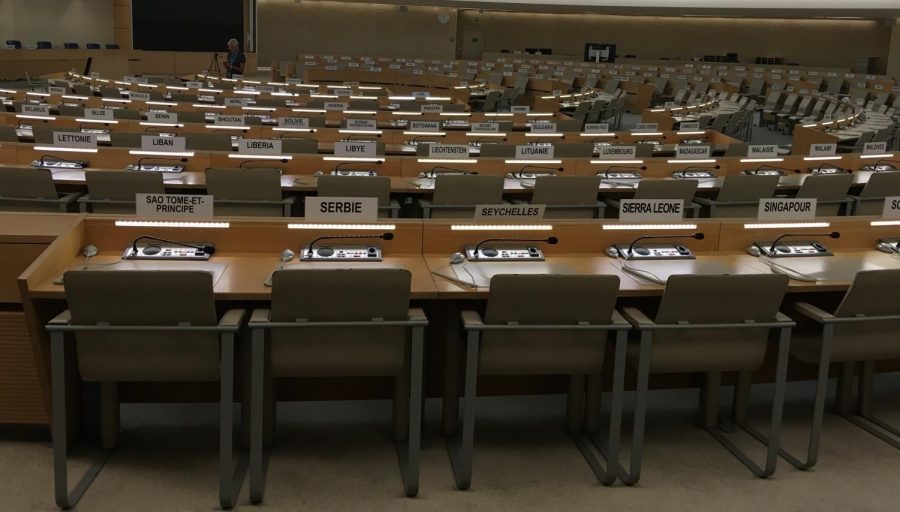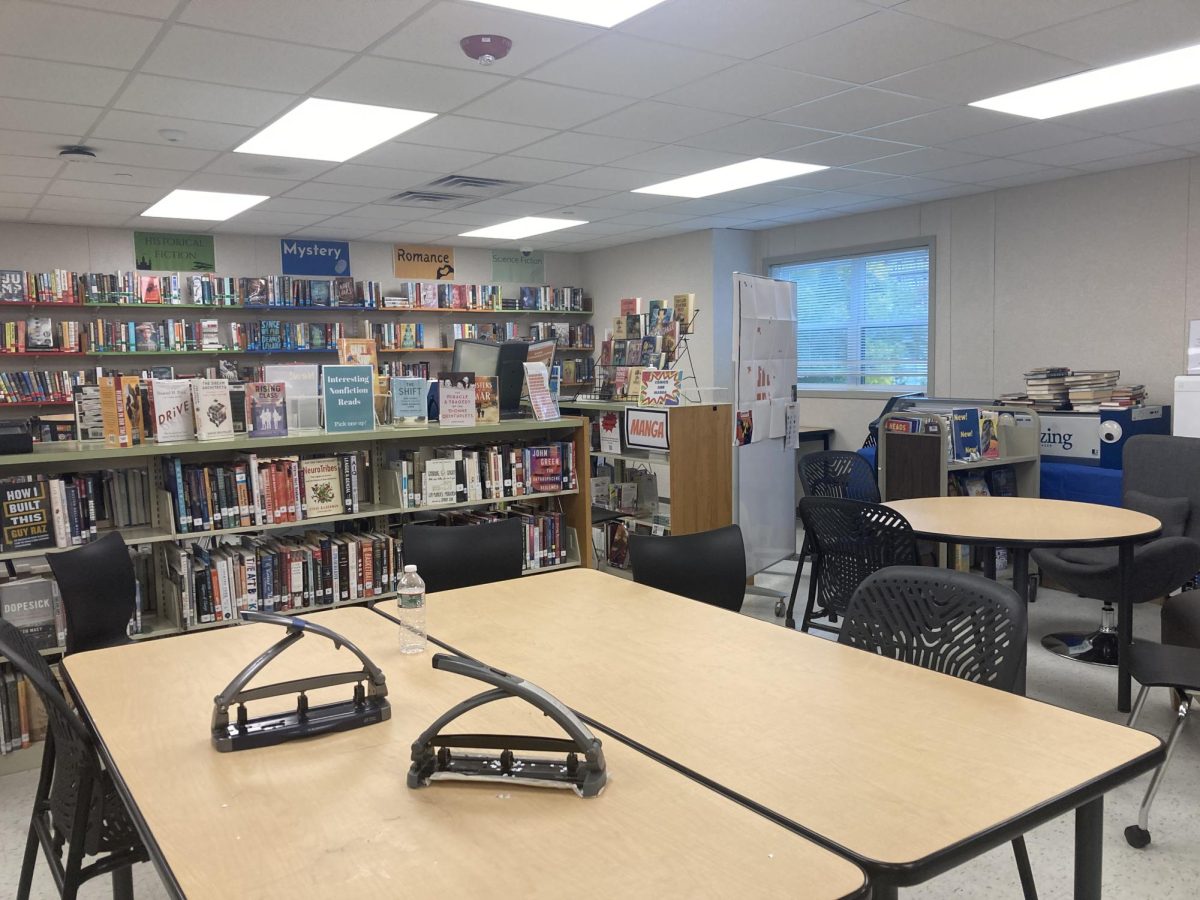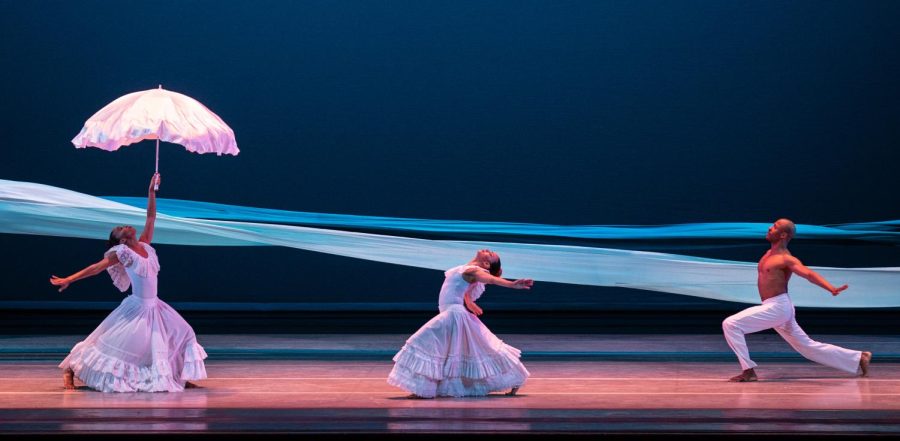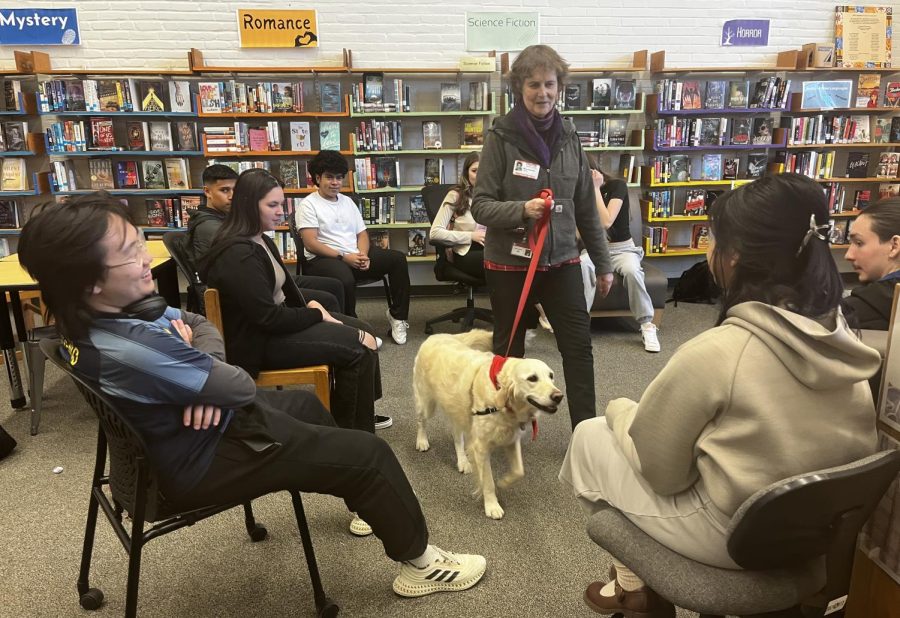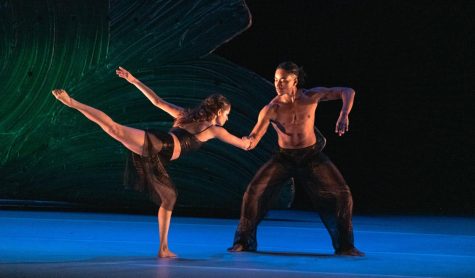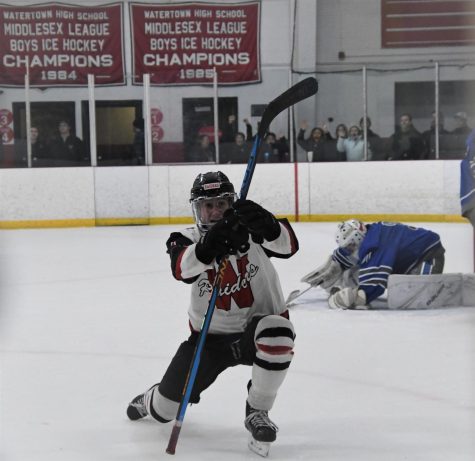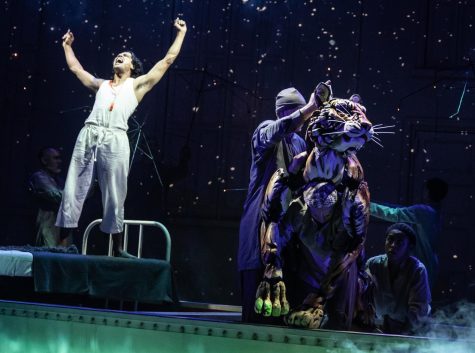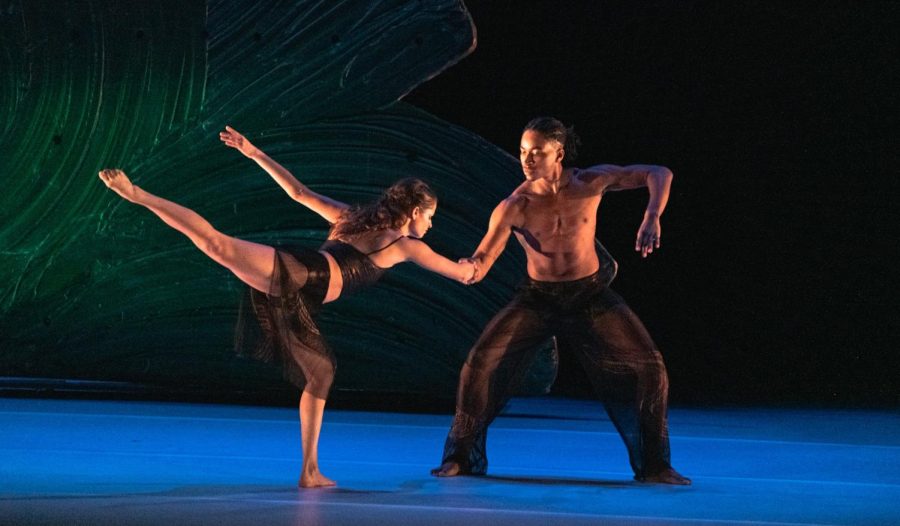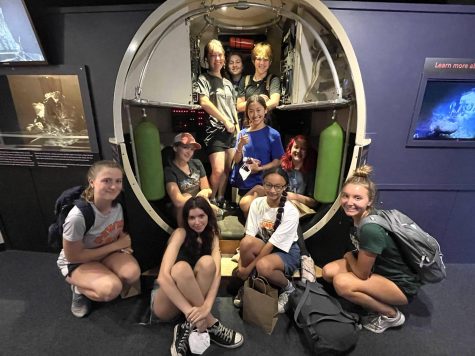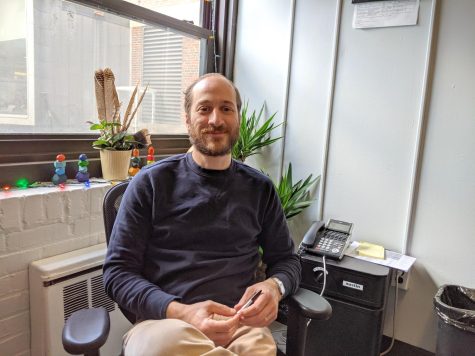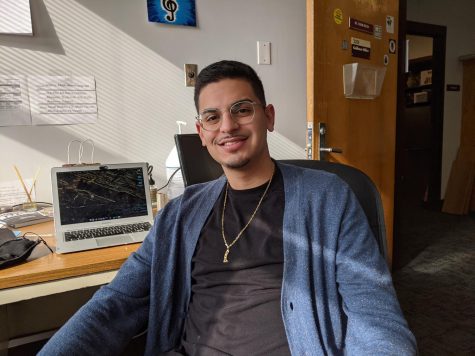In Geneva, where the world still comes together
Raider Times photo / Melanne Ghahraman
The United Nations in Geneva.
September 6, 2018
The chamber was created to hold meetings in which delegates from different countries would come together and discuss the important subject matters at hand.
This was in 1937. Before World War II, before the United Nations was even formed, when it was built to be the home of the League of Nations.
I had the chance to visit the Palace of Nations in Geneva, Switzerland. It was the home of the League of Nations until 1945, and has since been one of the homes of the United Nations.
With 193 member states in the UN, people are slowly beginning to come together and create a stable environment. Now, what unites us is progress, and what divides us is war.
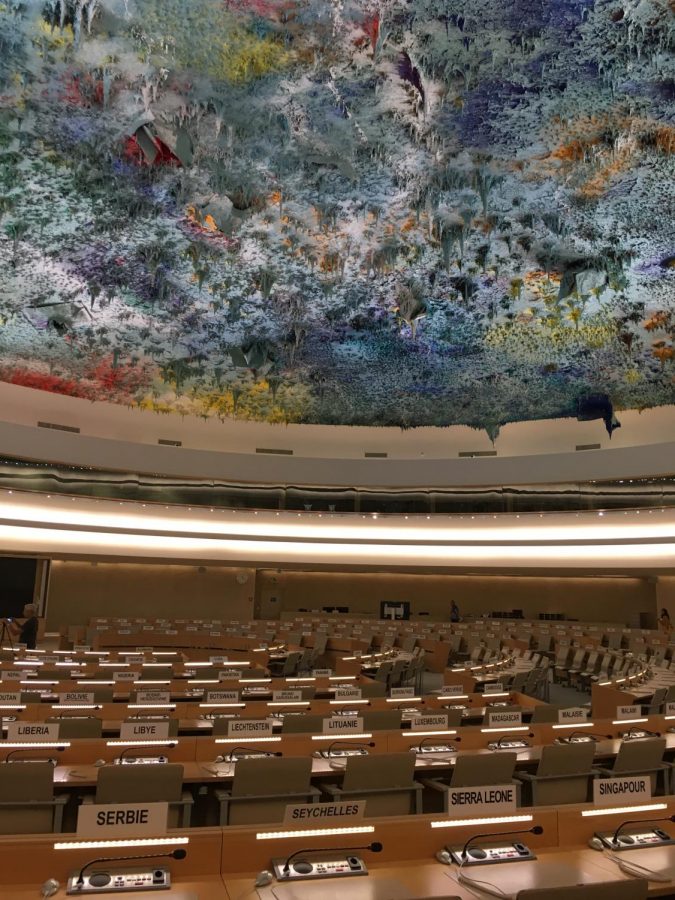
The United Nations in Geneva.
Before the United Nations existed, the League of Nations was formed in 1920 as a way of ending World War I. Twenty-five years later, due to the failure of accomplishing their goals, the League of Nations decided that it was best to hand over not only the building, but the responsibility as well, to what is today known as the United Nations.
The UN’s headquarters are in New York, along with centers in Geneva, Switzerland, Vienna, Austria, and Nairobi, Kenya, and other small offices scattered all around the world. They are all available for guided tours.
The Palace of Nations tour guide took us into the Human Rights and Alliance of Civilisations Chamber, which was full of tables and seats already prepped for the representatives, in which a meeting would take place a couple hours later.
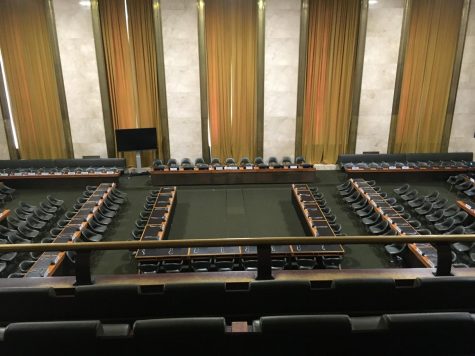
The United Nations in Geneva.
The first thing you notice when you enter the room, however, is the colorful ceiling. Spanish painter Miquel Barcelo is responsible for the magnificent work of art.
It is said that the “fresco-like” art represents the ocean, because without water, our world would not be alive, and wherever you choose to sit in the room, you see a different color, much like a different perspective from the topics that are being discussed.
Of course, not everyone speaks French, German, or Italian — the three main languages spoken in Switzerland. This is where the interpreters come into play. According to the UN, the six official languages of the world are: Arabic, English, French, Mandarin Chinese, Russian, and Spanish, though they aren’t used for every meeting. Depending on which countries attend the conferences, those specific interpreters are called in. If there is a country who doesn’t speak one of the six official languages, they are welcome to bring their own for themselves.
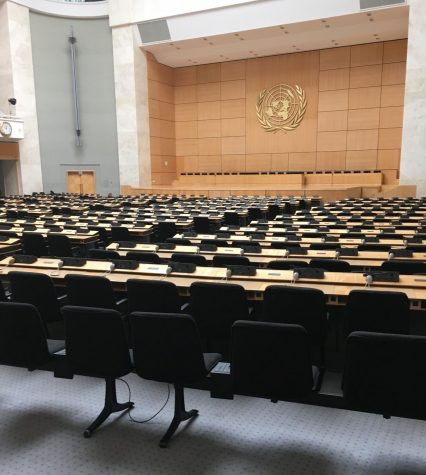
The United Nations in Geneva.
Each language has two interpreters, making it a total of 12 overall. The public also has the option to listen and view the meeting, but does not have the right to participate or voice their opinions.
The Assembly Hall was the last and biggest room of the tour. Upon entering, you see the famous symbol of the UN which is a picture of the world (in a form of a sphere), and outlines the continents. The center of the globe is blank to show that the UN does not favor any specific country, and is a neutral place, along with the olive branches on the outside, representing peace — the UN’s most significant ambition.
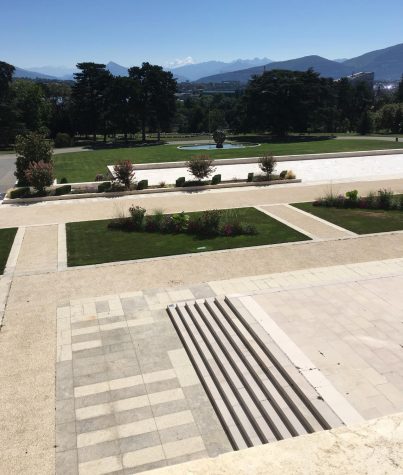
The United Nations in Geneva.
–Sept. 6, 2018–
